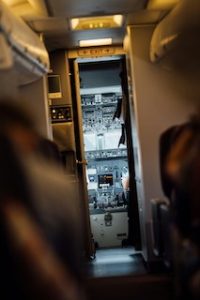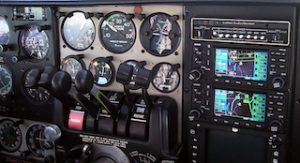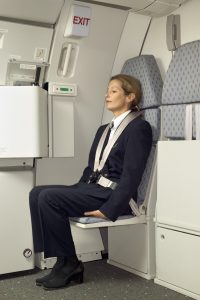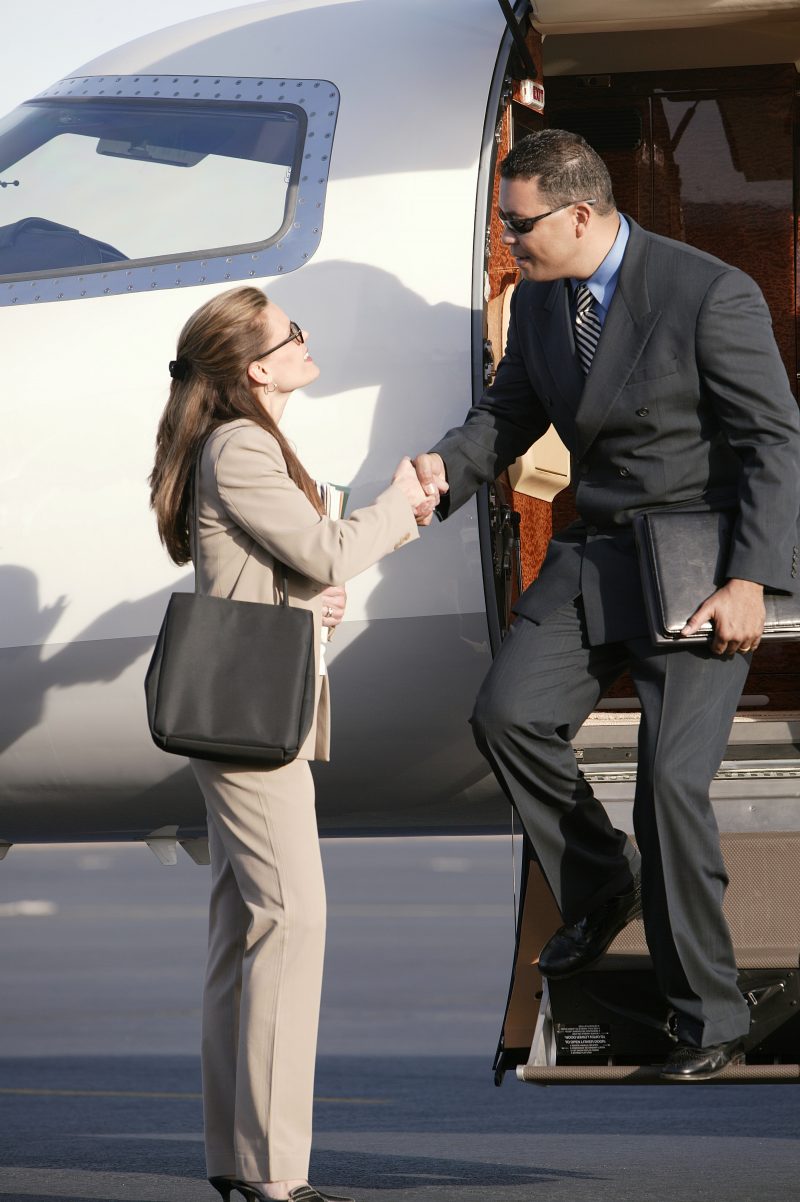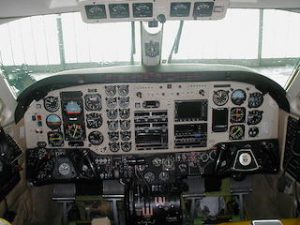LOFT Simulator Training Simulates Real-World Scenarios
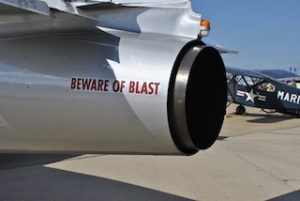 Line Oriented Flight Training has become a critical component of pilot training programs, offering a sophisticated approach to preparing aviators for the complexities of real-world flight operations. Central to LOFT is the use of advanced flight simulators designed to replicate a variety of flight scenarios, providing pilots with an immersive and realistic training experience. This article explores how LOFT simulators effectively simulate complex real-world flight scenarios, enhancing pilot training and operational readiness.
Line Oriented Flight Training has become a critical component of pilot training programs, offering a sophisticated approach to preparing aviators for the complexities of real-world flight operations. Central to LOFT is the use of advanced flight simulators designed to replicate a variety of flight scenarios, providing pilots with an immersive and realistic training experience. This article explores how LOFT simulators effectively simulate complex real-world flight scenarios, enhancing pilot training and operational readiness.
Understanding LOFT simulators
LOFT simulator training is an advanced training designed to create highly realistic flight experiences. These simulators aim to replicate the actual cockpit environment, aircraft systems, and operational conditions, allowing pilots to practice handling a wide range of scenarios that they might encounter during real flights.
Key features of LOFT simulator training
- High-fidelity cockpit replication: LOFT simulators are equipped with accurate representations of aircraft controls, displays, and systems. This high level of detail ensures that pilots experience the same interfaces and functionalities they will encounter in actual aircraft.
- Realistic motion and dynamics: Many LOFT simulators include motion systems that replicate the physical sensations of flying, such as acceleration, turbulence, and changes in altitude. This realism enhances the training experience by providing a more authentic sense of flight.
- Advanced visual and sound systems: To simulate various weather conditions, lighting, and terrain, LOFT simulators use high-resolution visual displays and sophisticated sound systems. These elements contribute to creating a lifelike environment that closely mirrors real-world conditions.
- Dynamic scenario generation: LOFT simulators are capable of generating a wide range of flight scenarios, including normal operations, emergencies, and unusual situations. This dynamic capability allows for versatile and comprehensive training experiences.
Simulating complex flight scenarios
LOFT simulators are designed to replicate the complexity of real-world flight operations, offering pilots the opportunity to practice and refine their skills in a variety of challenging scenarios.
1) Weather conditions
Weather plays a crucial role in flight operations, and LOFT simulators are equipped to simulate a wide range of meteorological conditions. These simulations help pilots prepare for the impact of weather on flight performance and decision-making.
-
- Adverse weather: LOFT simulators can recreate severe weather conditions, such as thunderstorms, turbulence, and low visibility. Pilots can practice navigating through these challenging conditions, learning to manage the aircraft and make informed decisions while dealing with reduced visibility and increased workload.
- Changing weather patterns: Simulators can also replicate rapidly changing weather conditions, such as sudden shifts in wind direction or unexpected fog. This capability allows pilots to practice adapting to dynamic weather changes, improving their ability to respond effectively during real flights.
2) Air traffic and navigation
Effective navigation and coordination with air traffic control are essential aspects of flight operations. LOFT simulators simulate various air traffic scenarios to help pilots develop their navigation and communication skills.
-
- High traffic density: Simulators can recreate high-traffic environments, such as busy airports and congested airspace. Pilots can practice managing the complexities of coordinating with multiple aircraft, following ATC instructions, and avoiding potential conflicts.
- Navigation challenges: LOFT simulators offer scenarios that include complex navigation tasks, such as flying in unfamiliar or challenging terrain. Pilots can practice using navigation aids, managing flight paths, and making decisions based on changing conditions or unexpected obstacles.
3) System failures and emergencies
Handling system failures and emergencies is a critical skill for pilots. LOFT simulators provide a controlled environment for practicing emergency procedures and managing system malfunctions.
-
- Engine failures: Simulators can replicate engine failures, allowing pilots to practice emergency procedures such as engine restart, fuel management, and emergency landing techniques. This training helps pilots develop the skills needed to handle engine-related emergencies confidently.
- System malfunctions: LOFT simulators can simulate various system malfunctions, including issues with avionics, hydraulics, or navigation systems. Pilots can practice troubleshooting and resolving these problems while maintaining control of the aircraft.
- In-flight emergencies: In addition to system failures, LOFT simulators can recreate in-flight emergencies such as cabin depressurisation or fire. Pilots can practice emergency protocols, including evacuation procedures and crew coordination, to ensure they are prepared for unexpected situations.
4) Human factors and crew resource management
Human factors and crew resource management are essential for effective flight operations. LOFT simulators incorporate scenarios that address these aspects, helping pilots develop strong teamwork and decision-making skills.
-
- Stress and fatigue management: Simulators can create scenarios that involve high-stress or fatigue-inducing conditions, allowing pilots to practice managing their workload and maintaining performance under pressure. This training helps pilots recognise and address the effects of stress and fatigue on their decision-making and flying abilities.
- Communication and coordination: LOFT scenarios often require pilots to work closely with their co-pilots and other crew members. Effective communication and coordination are critical for successful flight operations, and simulators provide opportunities to practice these skills in realistic settings.
5) Unusual attitudes and abnormal situations
Unusual flight attitudes and abnormal situations can occur in real-world operations, and LOFT simulators offer training for these scenarios to ensure pilots can handle them effectively.
-
- Unusual attitudes: LOFT simulators can replicate unusual flight attitudes, such as steep climbs, descents, or bank angles. Pilots can practice recovering from these attitudes, learning to manage the aircraft and regain control in challenging situations.
- Abnormal flight conditions: Simulators can create scenarios with abnormal flight conditions, such as asymmetric loading or partial control failures. Pilots can practice managing these situations, developing their skills in handling aircraft deviations and restoring normal flight conditions.
Benefits of LOFT simulator training
The use of LOFT simulators to replicate complex real-world flight scenarios offers several benefits for pilot training.
- Enhanced realism: LOFT simulators provide a high level of realism, closely replicating the cockpit environment and flight conditions. This realism helps pilots acclimate to the sensory and operational aspects of real-world flying, improving their ability to handle various scenarios.
- Safe learning environment: Simulators offer a safe and controlled environment for practicing complex and high-risk scenarios. Pilots can experience challenging situations without the risks associated with actual flight, allowing them to build confidence and competence.
- Comprehensive skill development: By simulating a wide range of scenarios, LOFT simulators support comprehensive skill development. Pilots can practice decision-making, emergency procedures, navigation, and CRM, ensuring they are well-prepared for the demands of real-world flight operations.
- Cost-effective training: LOFT simulators provide a cost-effective training solution by allowing pilots to practice various scenarios without the costs associated with actual flight hours. This efficiency helps reduce training expenses while maintaining high training standards.
- Continuous improvement: Simulators allow for continuous training and improvement, enabling pilots to revisit scenarios and refine their skills over time. This ongoing practice contributes to long-term proficiency and operational excellence.
Future of LOFT simulators
As technology continues to advance, LOFT simulators are expected to evolve, offering even more sophisticated and realistic training experiences.
- Integration of advanced technologies: Emerging technologies, such as virtual reality and artificial intelligence, are likely to enhance LOFT simulators further. VR can provide immersive training experiences, while AI can enable adaptive scenarios and personalised training based on individual pilot performance.
- Enhanced scenario generation: Future LOFT simulators will likely feature more advanced scenario generation capabilities, allowing for even more complex and dynamic flight scenarios. This will enable pilots to practice a broader range of situations and refine their skills in diverse contexts.
- Increased realism: Advancements in visual and motion systems will continue to improve the realism of LOFT simulators. Enhanced graphics, more accurate motion feedback, and improved sound systems will contribute to an even more authentic training experience.
Real-world scenarios through LOFT
Line Oriented Flight Training simulators play a crucial role in preparing pilots for the complexities of real-world flight operations. By simulating a wide range of scenarios, including weather conditions, air traffic, system failures, and human factors, LOFT simulators provide a comprehensive and realistic training experience.
The benefits of LOFT simulator training, including enhanced realism, safe learning environments, comprehensive skill development, and cost-effectiveness, make it an essential component of modern pilot training programs. As technology continues to advance, LOFT simulators will evolve to offer even more sophisticated and immersive training experiences, further enhancing pilots’ preparedness for the challenges of real-world flying. By leveraging these advanced training tools, the aviation industry can ensure that pilots are well-equipped to handle the demands of modern flight operations with skill, confidence, and safety.


